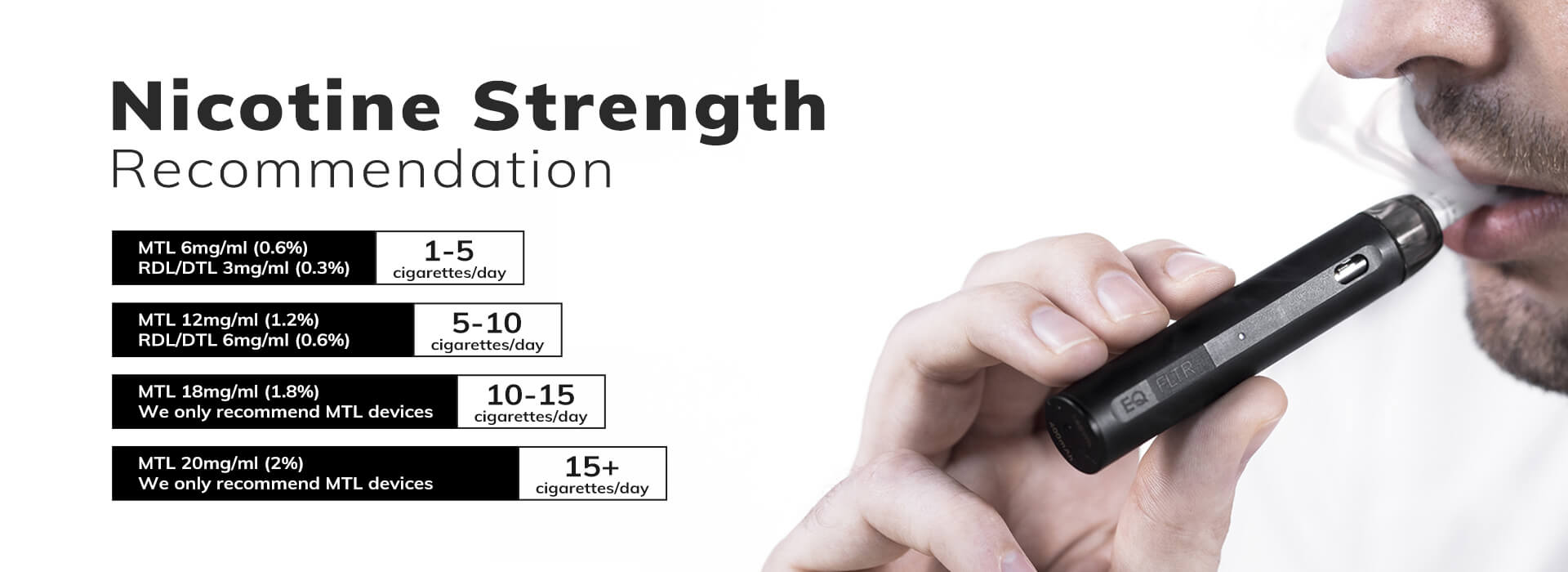Electronic Cigarette Landscape: Current Trends & Critical Considerations
The electronic cigarette (e-cigarette) market continues to evolve rapidly, driven by technological innovation, shifting consumer preferences, and intense regulatory scrutiny. Understanding the key dynamics is essential.
Market Dynamics & Consumer Trends
- Product Diversification: Dominance of closed-pod systems (e.g., pre-filled nicotine salt devices) persists, though open systems and disposable variants show significant growth globally.
- Youth Appeal & Concerns: Flavored products remain highly contentious due to documented appeal among youth populations. Surveillance data highlights ongoing youth usage trends despite regulatory efforts.
- Shift Towards Alternatives: Increasing competition within the broader Nicotine Replacement Therapy (NRT) and reduced-risk product space, including heated tobacco products.
Key Technological & Product Developments
- Nicotine Salts: Pervasive adoption continues, enabling efficient nicotine delivery with reduced harshness compared to freebase nicotine liquids.
- Disposable Prevalence: Surge in single-use, non-rechargeable devices featuring high nicotine concentrations (frequently 5% or 50 mg/mL) and extensive flavor ranges.
- Device Refinement: Focus on improved battery efficiency, coil technology (e.g., mesh), leak resistance, and user experience customization.
Health Implications: Research & Controversies
- Relative Risk vs. Combustible Tobacco: Scientific consensus holds e-cigarettes likely pose significantly lower health risks than continued cigarette smoking for adult smokers switching completely. This does not imply safety.
- Documented Harms: Evidence links e-cigarette use to respiratory irritation, cardiovascular impacts, potential lung injury (e.g., EVALI associated with specific additives), nicotine addiction, and potential adverse effects on adolescent brain development.
- Cessation Efficacy Debate: Evidence supporting e-cigarettes as effective long-term smoking cessation tools is mixed and subject to ongoing research. Regulatory approvals for cessation vary significantly by jurisdiction.
Regulatory Evolution
- Flavor Restrictions: Many jurisdictions implementing bans or limitations on non-tobacco flavors, particularly menthol, aimed at reducing youth appeal.
- Marketing & Sales Controls: Stricter enforcement against youth-oriented marketing, promotion via social media, and restrictions on online sales and age verification.
- Product Authorization Pathways: Complex regulatory frameworks (e.g., FDA PMTA, EU TPD) demanding extensive scientific data for market entry, leading to significant market shakeouts.
- Taxation Measures: Increasing implementation of excise taxes comparable to combustible tobacco products.
Future Outlook
The sector faces persistent challenges: balancing harm reduction for adult smokers against youth prevention, navigating tightening regulations across major markets, countering illicit trade, and generating long-term health data. Sustainability concerns, particularly around disposable waste, are gaining prominence. Innovation will likely focus on meeting regulatory standards while attempting to maintain user acceptability.











